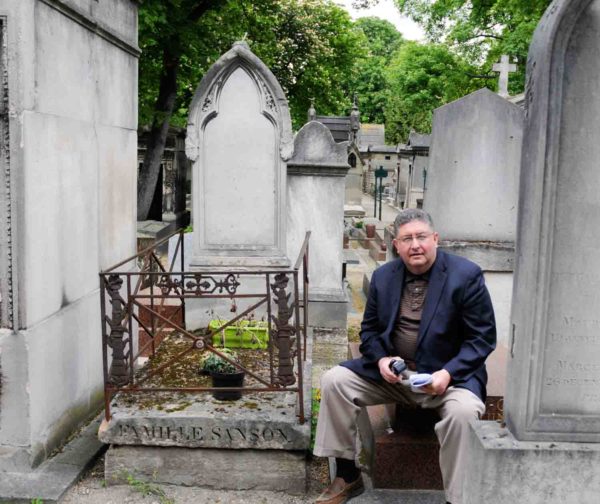I have to admit, I have not seen the movie or the play or read the book. Les Misérables, as most of you know, was written by Victor Hugo and published in 1862. I’m sure many of you have seen the play or movie. However, I have seen Marianne in person.
Here’s what most of you don’t know: Les Misérables has nothing to do with the French Revolution. The book covers the time between Napoleon’s defeat at Waterloo (1815) and the 1832 June Rebellion in Paris. The underlying principles and consequences of the French Revolution certainly provided the foundation for the events depicted in Les Misérables but the actual events of the Revolution had been over since 1794 (most historians will probably quibble with that date).
The Revolution of 1830 and the Rebellion of 1832 were struggles between the Republicans, Royalists, and Bonapartists. It was all about how France was to be governed. Hugo was a staunch supporter of the French Revolution and the Republicans. The 1830 Revolution saw the abdication of Charles X (the last king in the Bourbon dynasty). That appealed to the Republicans and the Bonapartists. The leadership gap was filled by Louis-Philippe (son of the guillotined Duke of Orléans or as he was commonly known: Philippe Égalité). Louis-Philippe was crowned king and now everyone was upset for one reason or another. He survived the 1832 Rebellion—until 1848, when he abdicated and fled to England and the French Second Republic was born. Read More Marianne, Les Misérables, and Other French Symbols

